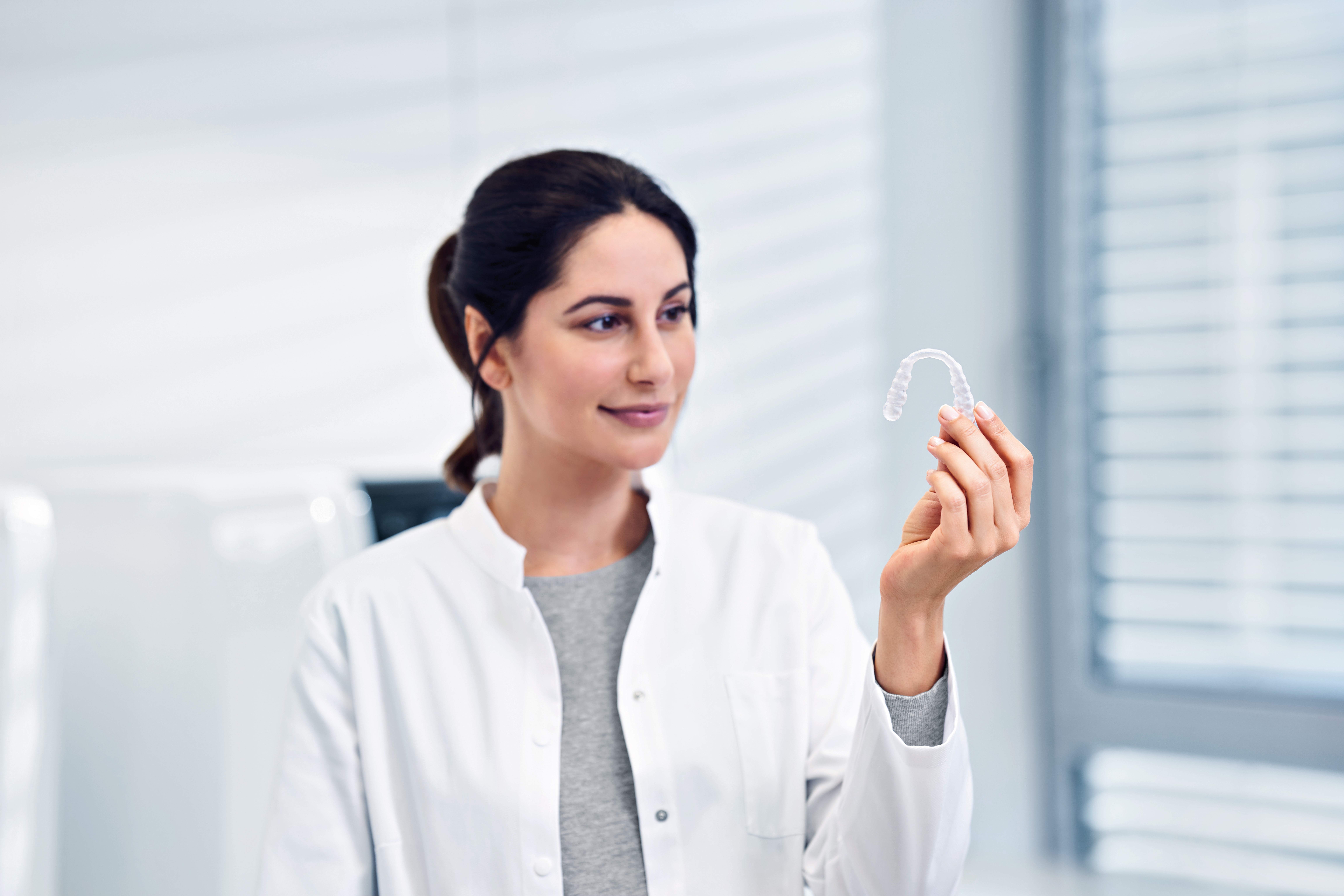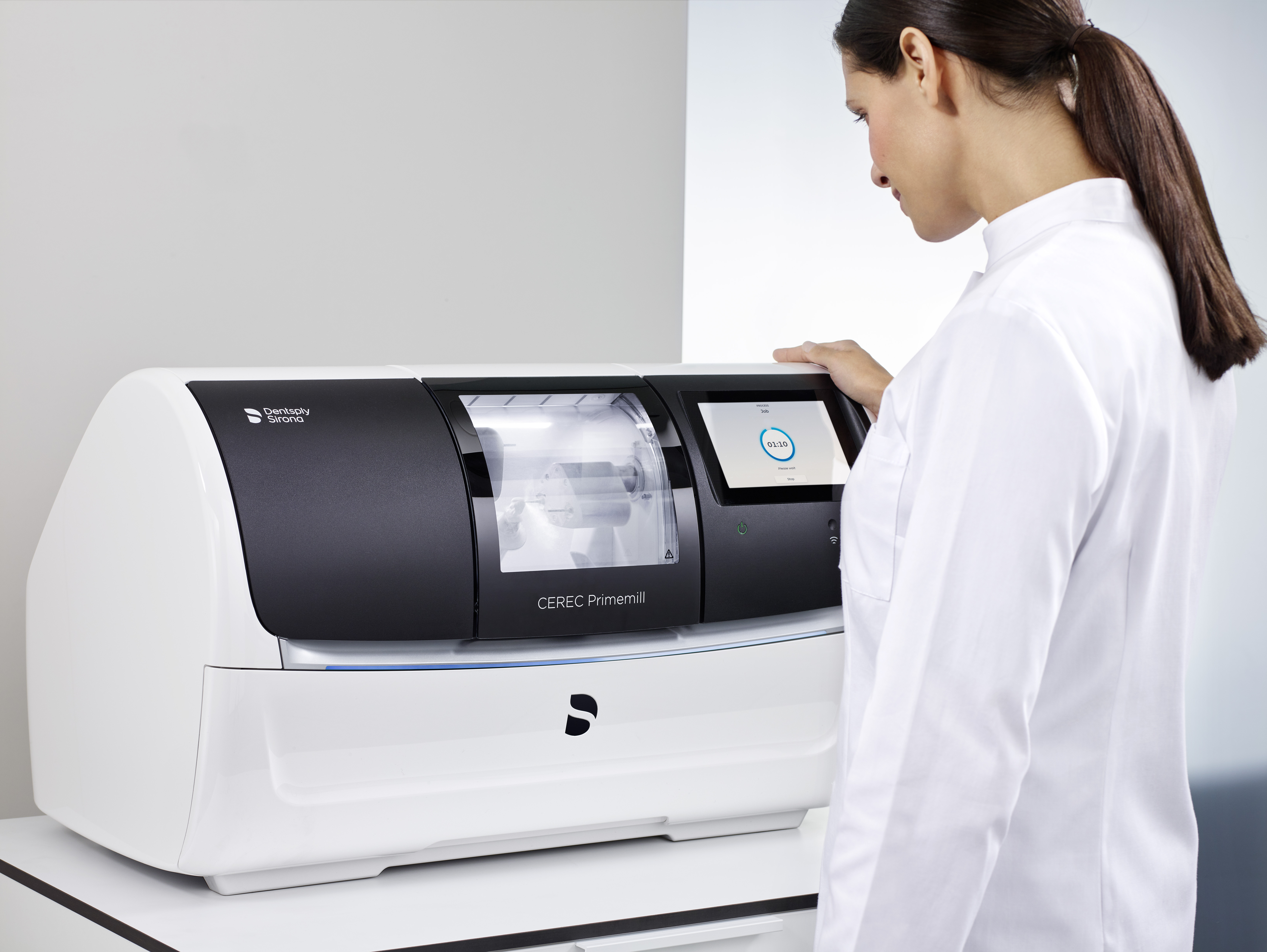Give us a call or provide your contact details below, and a Dentsply Sirona representative will be in touch soon.
DS World
Experience the future of connected dentistry: Each event showcases industry-leading education, cutting-edge advancements, renowned thought-leaders and unrivalled networking opportunities.
2023 Sustainability Report
Our sustainability strategy is fundamental to our mission and is integral to everything we do.
Buy 3 Ossix® products and get a 4th FREE
Use promo code STX43 at checkout. Terms Apply*
Digital dentistry has been transforming workflows in practices worldwide, providing digital tools which facilitated practice workflows and collaboration for better patient care. Among those, chairside milling with the CEREC workflow is appreciated for delivering excellent clinical outcomes for patients without the need of conventional impression and multiple appointments: from the scan of the prepped tooth to the design and chairside manufacturing of the crown, bridge, inlay or onlay, all steps can be performed inside the practice with the CEREC equipment. Introduced in 1985, the CEREC workflow has fuelled practice growth and efficiency ever since, allowing dentists to spend more time with their patients. With the recent introduction of dental 3D printing, like Dentsply Sirona’s Primeprint Solution, dentists now have additional opportunities to expand practice treatments - but where exactly does such a medical-grade 3D printing system differ from established digital manufacturing technologies like CEREC? Here are 3 areas to consider when thinking about practice expansion with CEREC or dental 3D printing.
The manufacturing technology
While CEREC and 3D printing both integrate into digital practice workflows, they differ in the technology used: the CEREC system is based on subtractive manufacturing, meaning that the desired object, in the CEREC workflow that would most commonly mean a crown, is produced by removing unnecessary material from a block. This milling or grinding process is performed by the milling unit, which processes the inserted block according to the design provided by the CAD/CAM software. Dental 3D printing, on the other hand, uses additive manufacturing technology. In this process a 3D object is manufactured by adding material layer-by-layer. Both these manufacturing technologies rely on the digital CAD/CAM input, but they differ when it comes to the used materials, which we will discuss next.
Materials used in additive and subtractive manufacturing
As seen before, CEREC and dental 3D printing use different manufacturing technologies. These, in turn, enable different materials to be processed: 3D printers use flowable polymer resins to build the 3D object, whereas the milling systems process blocks made of solidified zirconium oxides, glass or hybrid ceramics, and PMMA. With CEREC everything a dentist can come to a final restoration within less than 60 minutes. The variety of materials utilised in the CEREC system ensures that dentists can always choose the right material for the permanent restorative indication at hand – taking the required strength and aesthetics into account while enabling long term performance. Especially anterior restorations require a natural look similar to enamel and dentin, for which multi-layered blocks present a good fit. Resin-based printed applications, on the other hand, feature a rather monochromatic look which does not interfere with their use as non-permanent and removeable. Based on the requirements for strength and aesthetics it can be concluded that the current CEREC materials serve those needs of permanent restorations excellently.

Indications of digital workflows with CEREC and 3D printing
With a clinical track record of more than 35 years the CEREC workflow is seen as a standard procedure for chairside milling of restorations such as crowns, bridges, inlays and onlays, abutments as well as veneers inside the dental practice. When talking about 3D printing these indications complement the possibilities with CEREC. The materials used in the 3D printing process (resins) allow to manufacture removeable applications like splints, solid and working models, individual impression trays, dentures, temporaries as well as surgical guides for guided implant surgery. Printed applications such as splints even represent a good addition to the milled indications as a splint can nicely protect the restored smile. Therefore, both technologies represent great opportunities for dentists to expand their treatment range. And, as their indications complement each other, CEREC and 3D printing can also be combined for even greater practice efficiency and growth.
Milling and printing – better together
To sum up, both CEREC and dental 3D printing technologies provide opportunities for dentists to expand their treatments and increase efficiency and profitability of the practice. Depending on the indications they wish to offer and the available digital workflows in the practice, one or the other might represent the better way. What is more, digital workflows can be expanded gradually, so each practice can integrate further devices and workflows anytime. Both technologies have one thing in common: they give users the possibility to expand their in-house portfolio. The proven milling technology and the ascendant 3D-printing technology complement each other perfectly - better together for a fully digital practice environment!













